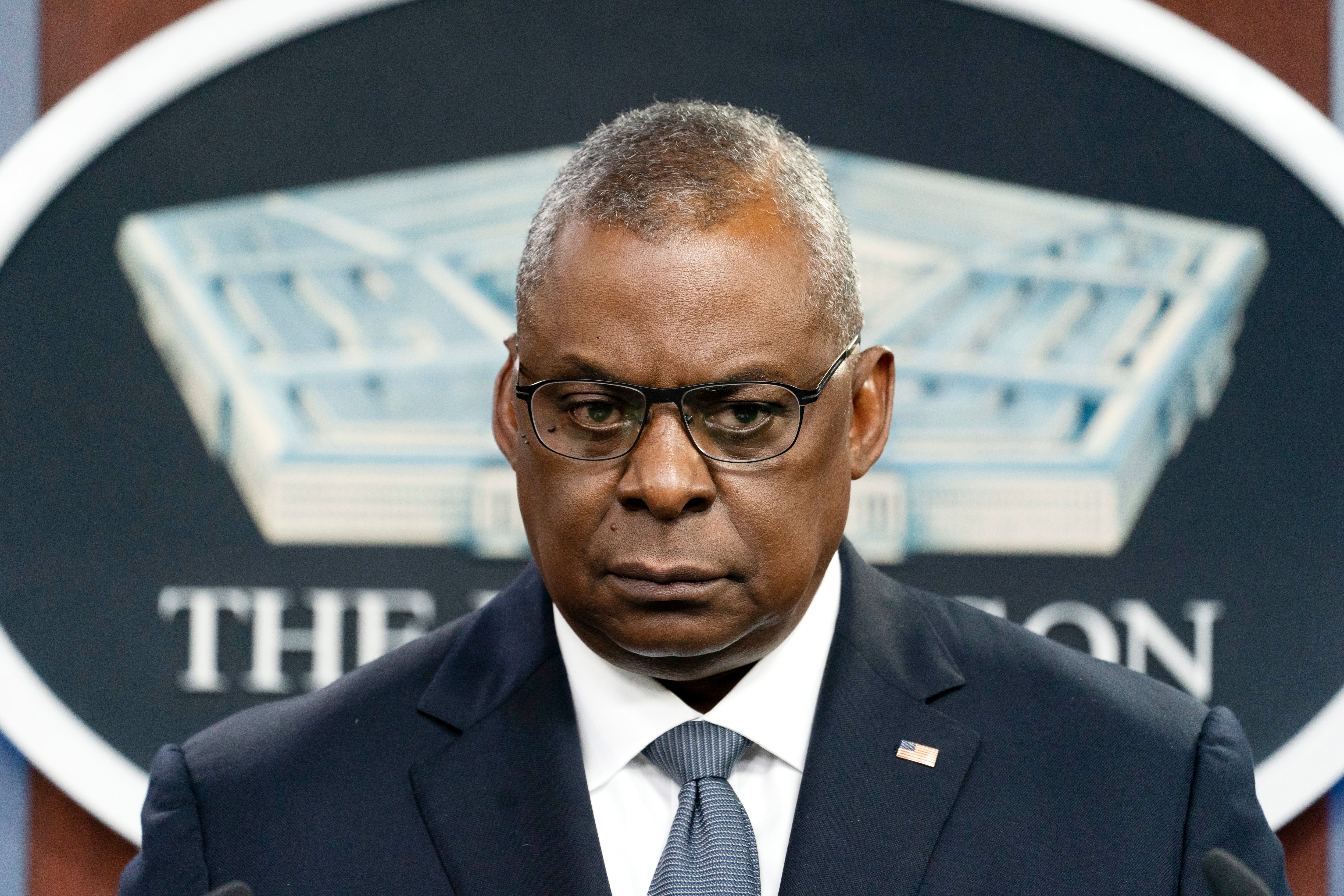The Defense Department announced Nov. 17 that Anchorage, Alaska is the sole candidate city to host the Ted Stevens Center for Arctic Security Studies, the Department of Defense’s (DoD) Regional Center for the Arctic.
Defense Department Regional Centers are international academic institutions for bilateral and multilateral research and training with the goal of building strong relationships with international security leaders. The Regional Center for the Arctic comes on the heels of growing concerns that as the Arctic warms, ice melts and shipping lanes emerge, the chance for conflict between nations in the region could increase as well.
“The center will support the U.S. Interim National Security Strategic Guidance direction to work with like-minded partners and across the interagency to pool our collective strength and advance shared interests,” Defense Secretary Lloyd Austin said in a press release announcing the center’s establishment. “It will address the need for U.S. engagement and international cooperation to strengthen the rules-based order in the region and tackle shared challenges such as climate change.”
U.S. Army Alaska has struggled in the past two decades to be the service’s proponent for cold weather warfare amid the wars in Iraq, Syria and Afghanistan, former Army Alaska commander Maj. Gen. Peter Andrysiak told Army Times last year. And with conflicts blooming in places like the Himalayas — between India and China — cold weather warfare is re-emerging as a potential source of conflict that the DoD sees as a future readiness issue.
The specific site for the new center in Anchorage will be finalized after the DoD completes the Department of the Air Force’s strategic basing process.
Rachel is a Marine Corps veteran and a master's candidate at New York University's Business & Economic Reporting program.
